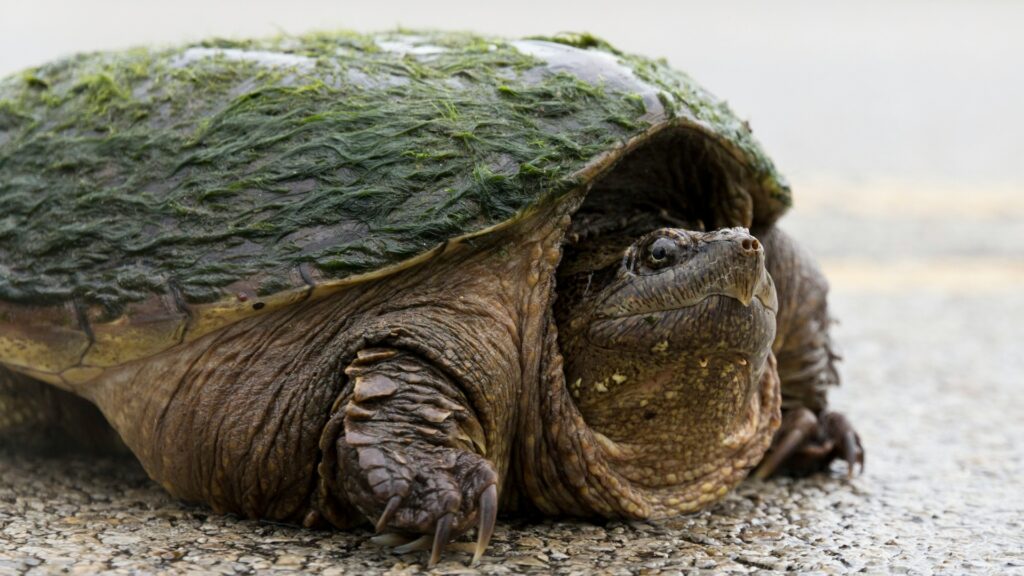
Texas is home to an incredible diversity of wildlife, some of which inhabit its vast lakes and winding rivers. While many of these creatures are harmless and contribute to the ecological balance, there are a few that pose significant dangers to humans. In this article, we explore the seven most dangerous animals lurking in the aquatic environments of Texas, highlighting recent sightings and offering insights on how to stay safe while enjoying these natural wonders.
The state’s waterways are popular for fishing, swimming, and boating, but the presence of these potentially deadly creatures is a reminder of nature’s unpredictable side. Awareness of these animals and their behaviors can help outdoor enthusiasts avoid dangerous encounters. From venomous snakes to lurking predators, the Texas waters hold surprises for the unwary.
The Mighty Snapping Turtle
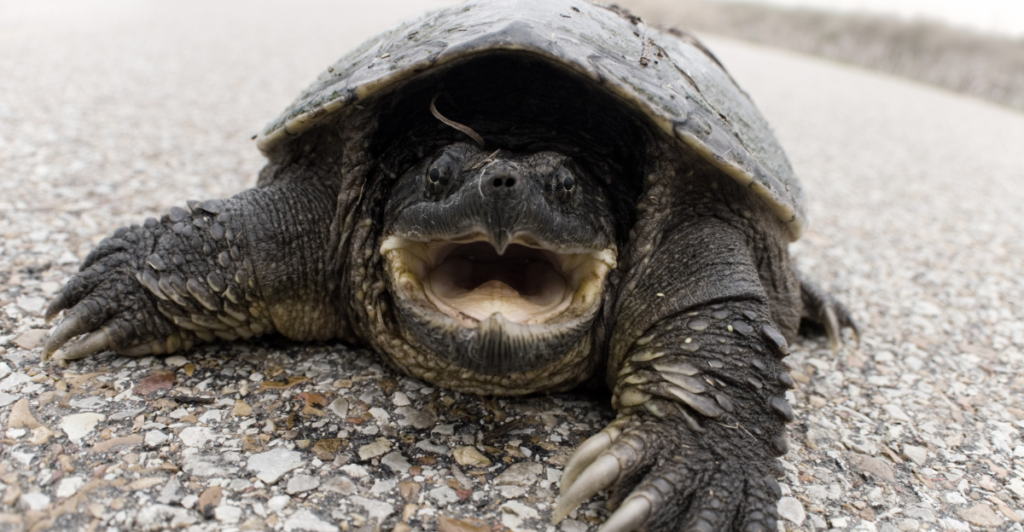
The snapping turtle is a formidable presence in Texas waterways. With its powerful jaws and aggressive nature, this reptile is not one to be underestimated. Found primarily in slow-moving rivers and lakes, snapping turtles can grow to impressive sizes. Their bite is strong enough to sever fingers, making them a significant threat to swimmers and anglers alike. These turtles are often camouflaged, lying in wait for their prey, making their sudden attack all the more surprising and dangerous.
Cottonmouth (Water Moccasin)
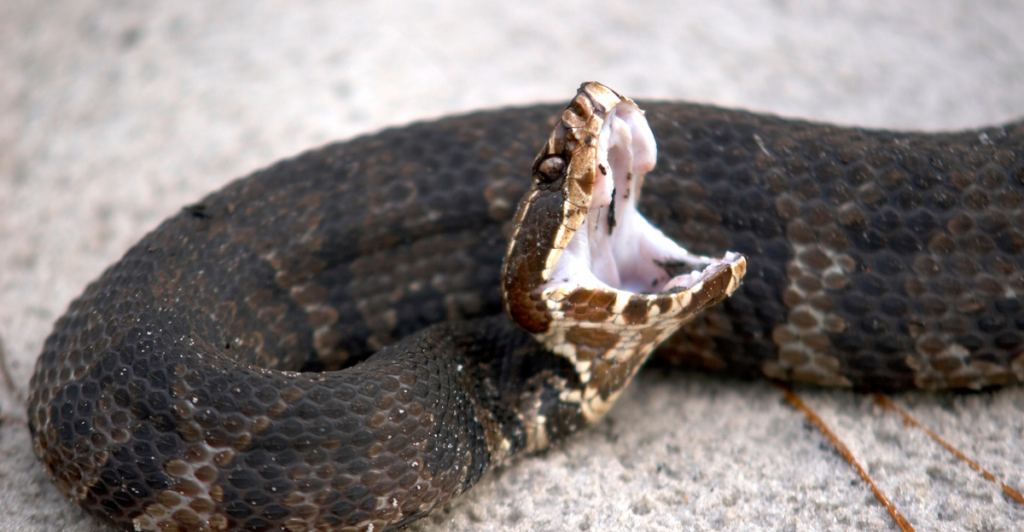
The cottonmouth, also known as the water moccasin, is a venomous snake commonly found in the swamps, lakes, and rivers of Texas. Known for its distinctive white mouth lining, this snake can deliver a painful and potentially fatal bite. Sightings have been reported near Lake Texoma and the Brazos River, particularly during warmer months when these snakes are more active.
How To Spot One
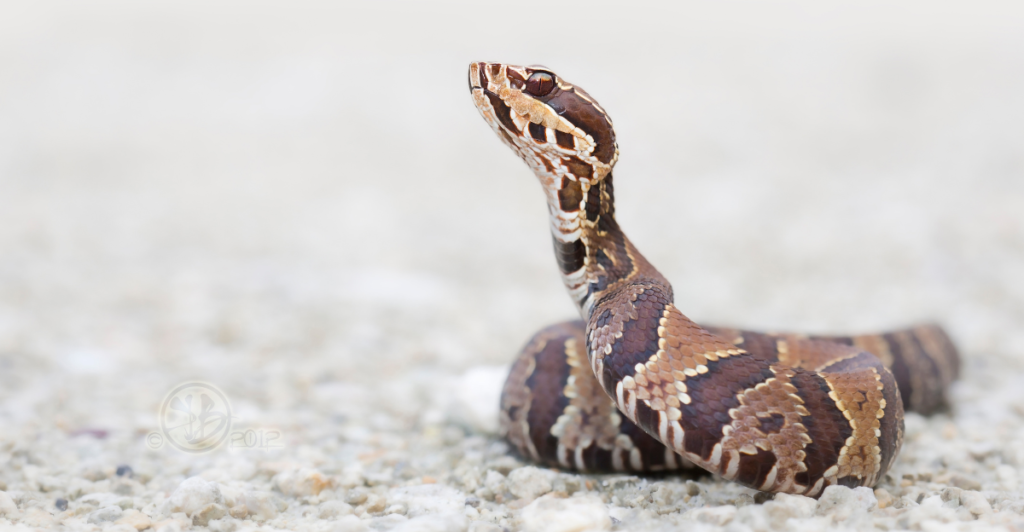
Cottonmouths are often mistaken for non-venomous water snakes, leading to dangerous encounters. They are aggressive when threatened and will stand their ground if approached. Swimmers and fishermen should exercise caution and avoid areas with dense vegetation along the water’s edge, where these snakes often reside.
Bull Sharks
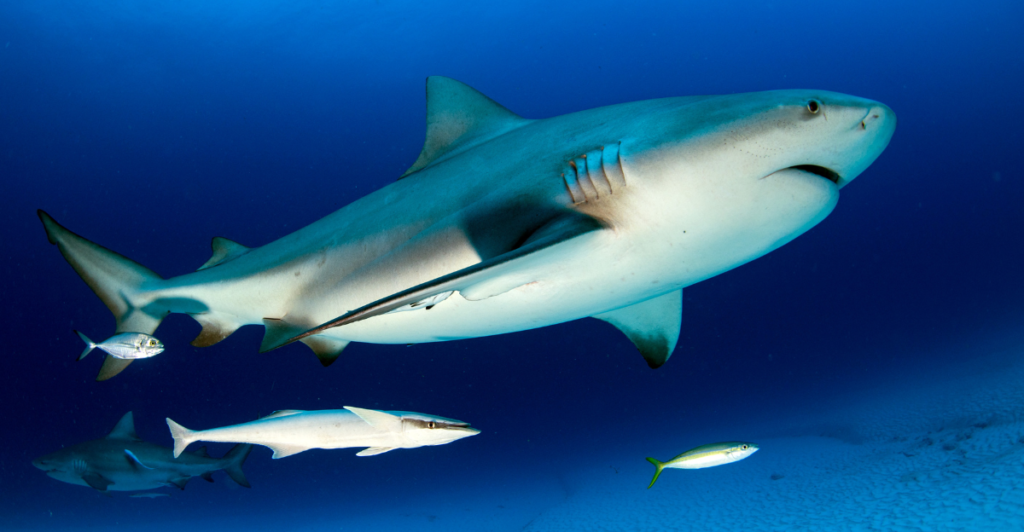
Bull sharks are unique among shark species as they can thrive in both saltwater and freshwater environments. Their presence in Texas rivers, such as the Trinity and the Brazos, is well-documented, and they are known for their aggressive nature. Recent reports have noted bull sharks in the lower reaches of these rivers, raising concerns for swimmers and boaters.
You Never Know
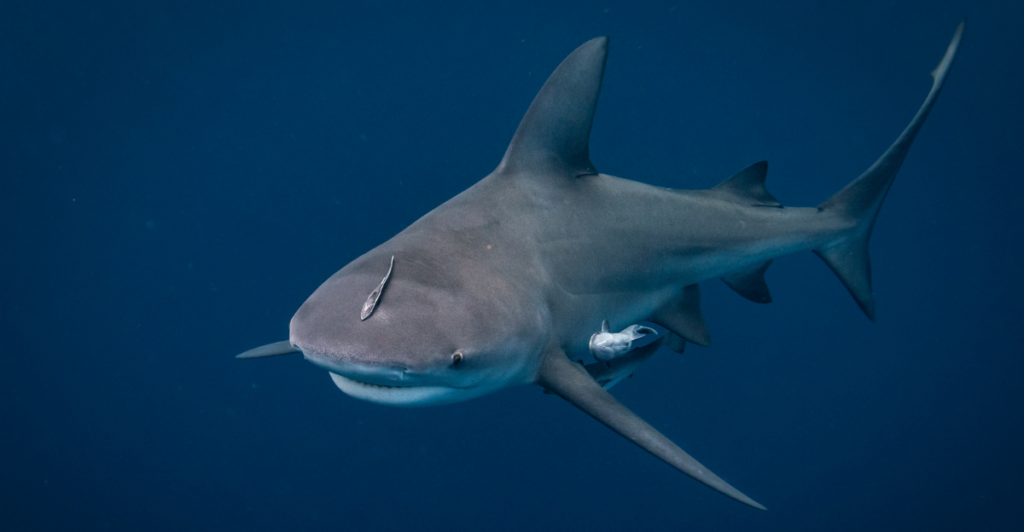
These sharks are responsible for more attacks on humans than most other shark species due to their aggressive behavior and tendency to inhabit shallow waters. Encounters are rare but can be dangerous, especially for those unaware of their presence. Staying informed about recent sightings and avoiding murky waters can reduce the risk of an encounter.
Alligators
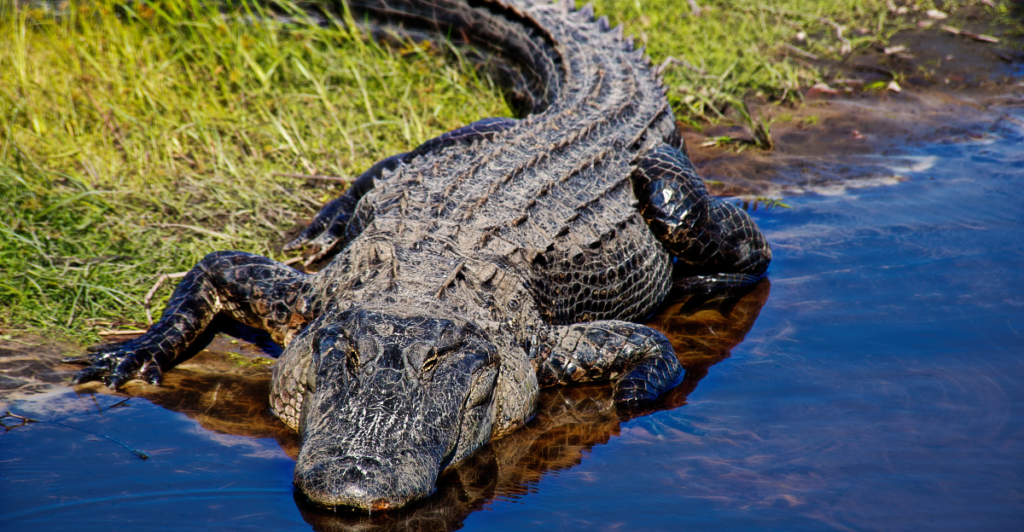
Alligators are a common sight in the wetlands and waterways of Texas, particularly in the eastern and coastal regions. While they typically avoid human interaction, recent sightings in the San Jacinto River have reminded locals of their potential danger. Alligators can grow up to 14 feet in length and are powerful predators.
They primarily feed on fish, birds, and small mammals but can become a threat if they feel cornered or provoked. Swimmers and kayakers should be vigilant, especially in areas with known alligator populations. Feeding or approaching these reptiles is illegal and increases the risk of a dangerous encounter.
Giant Freshwater Stingrays
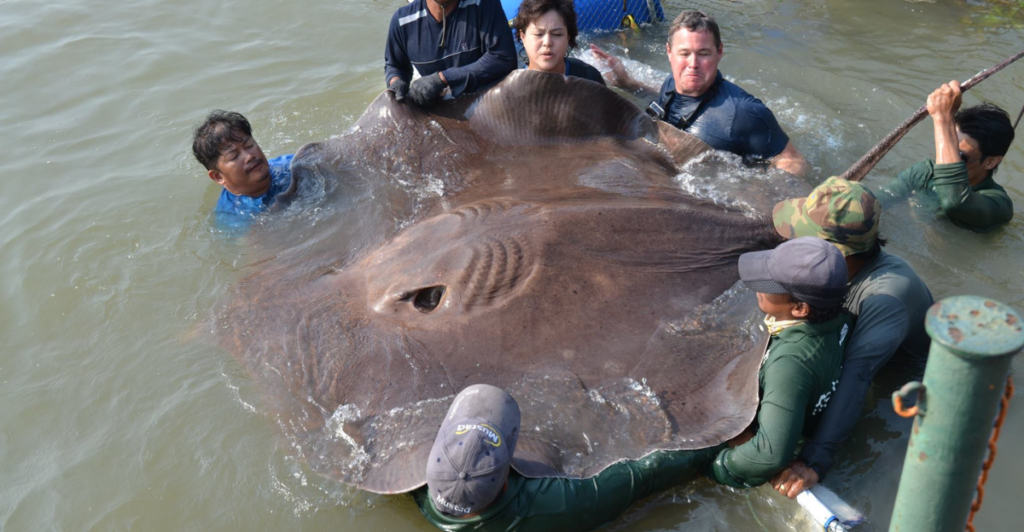
Although rare, the giant freshwater stingray has been spotted in some of Texas’s deeper lakes and rivers. These massive rays can reach up to 16 feet in length, including their tail, which carries a venomous barb capable of causing severe injury. Recent sightings in the Sabine River have heightened awareness of these elusive creatures.
While they are generally docile, the stingray’s barb can inflict a painful sting if stepped on or threatened. Anglers and swimmers should tread carefully in shallow waters, particularly in areas where these stingrays have been observed. If stung, immediate medical attention is necessary to treat the venom and prevent infection.
Blue Catfish
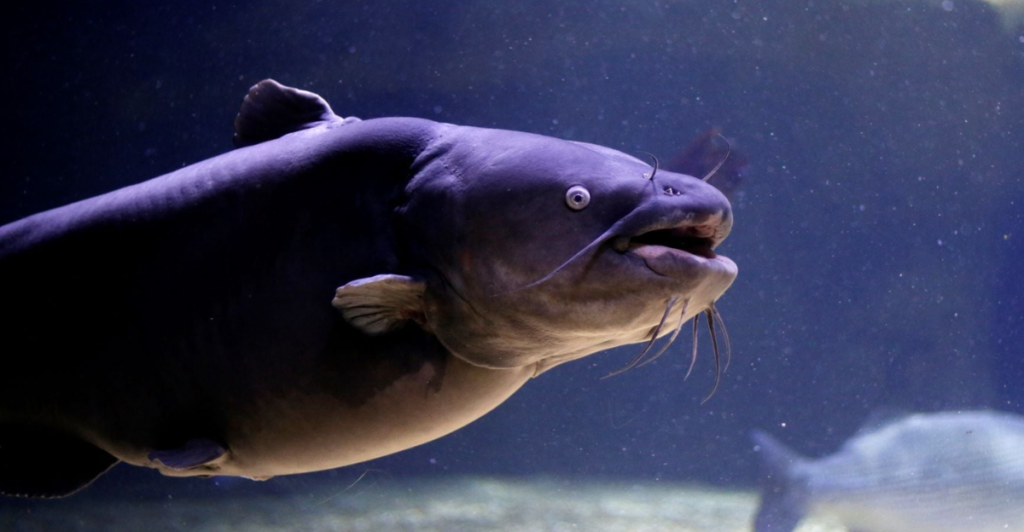
The blue catfish, one of the largest species of North American catfish, is both a popular catch and a potential danger in Texas waters. Known to grow over 100 pounds, their powerful bites and sharp spines can cause serious injuries. Recent captures in the Red River have highlighted their impressive size and strength.
While generally not aggressive, their defensive spines can deliver painful punctures if handled improperly. Fishermen are advised to use caution when handling large catfish, wearing protective gloves and using tools to avoid direct contact. Proper handling techniques can prevent injuries and ensure a safe fishing experience.
Mosquitoes (Carrying West Nile Virus)
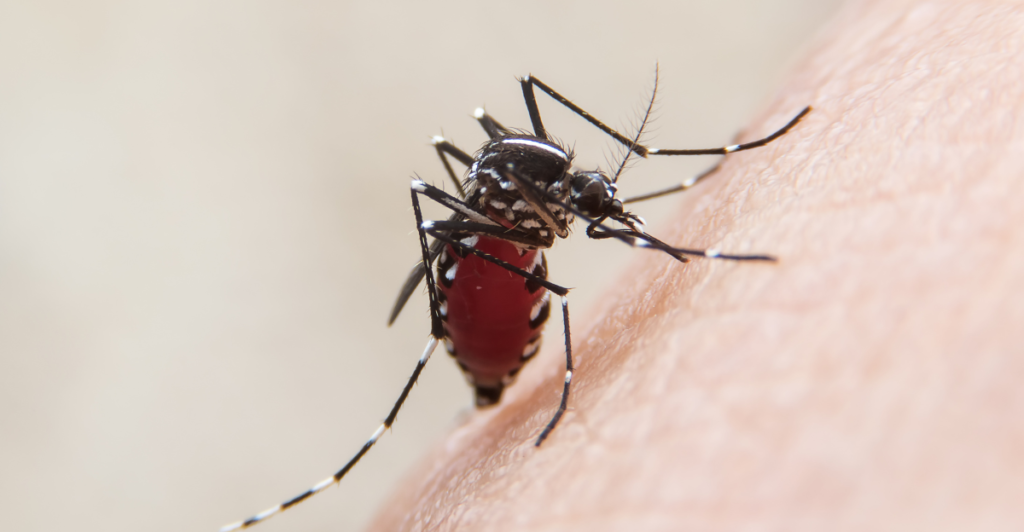
Though not a large animal, mosquitoes are one of the most dangerous creatures in Texas due to their role in spreading diseases such as West Nile virus. Stagnant waters in lakes and rivers provide ideal breeding grounds, leading to increased mosquito populations. Recent outbreaks in regions surrounding Lake Travis have prompted health warnings.
Preventing bites through the use of repellents and wearing protective clothing is crucial, especially during peak mosquito activity at dawn and dusk. Public health officials monitor mosquito populations and issue advisories to reduce the risk of disease transmission. Staying informed and taking preventive measures can help mitigate the dangers posed by these tiny but deadly insects.
Navigating the Dangers

Texas lakes and rivers offer breathtaking beauty and recreational opportunities, but they also harbor creatures that demand respect and caution. Awareness and preparedness are key to safely enjoying these environments. By understanding the habits and habitats of the state’s most dangerous aquatic animals, residents and visitors can make informed decisions about where and how to interact with nature.
Recent sightings and encounters serve as a reminder of the potential risks, emphasizing the importance of vigilance. Whether you’re fishing, swimming, or simply enjoying the scenery, taking precautions can ensure that your experience in Texas’s waterways remains both thrilling and safe.
Discover more of our trending stories and follow us to keep them appearing in your feed.

Meet the Massive Crocodiles That Make Their Homes 40 Feet Underground
World’s Rarest and Most Elusive Snakes – Have You Seen Any?
Who Hunts Rattlesnakes? Meet Their Fiercest Predators
The 12 Friendliest Snakes That Love Human Interaction
Stay connected with us for more stories like this! Follow us to get the latest updates or hit the Follow button at the top of this article, and let us know what you think by leaving your feedback below. We’d love to hear from you!







